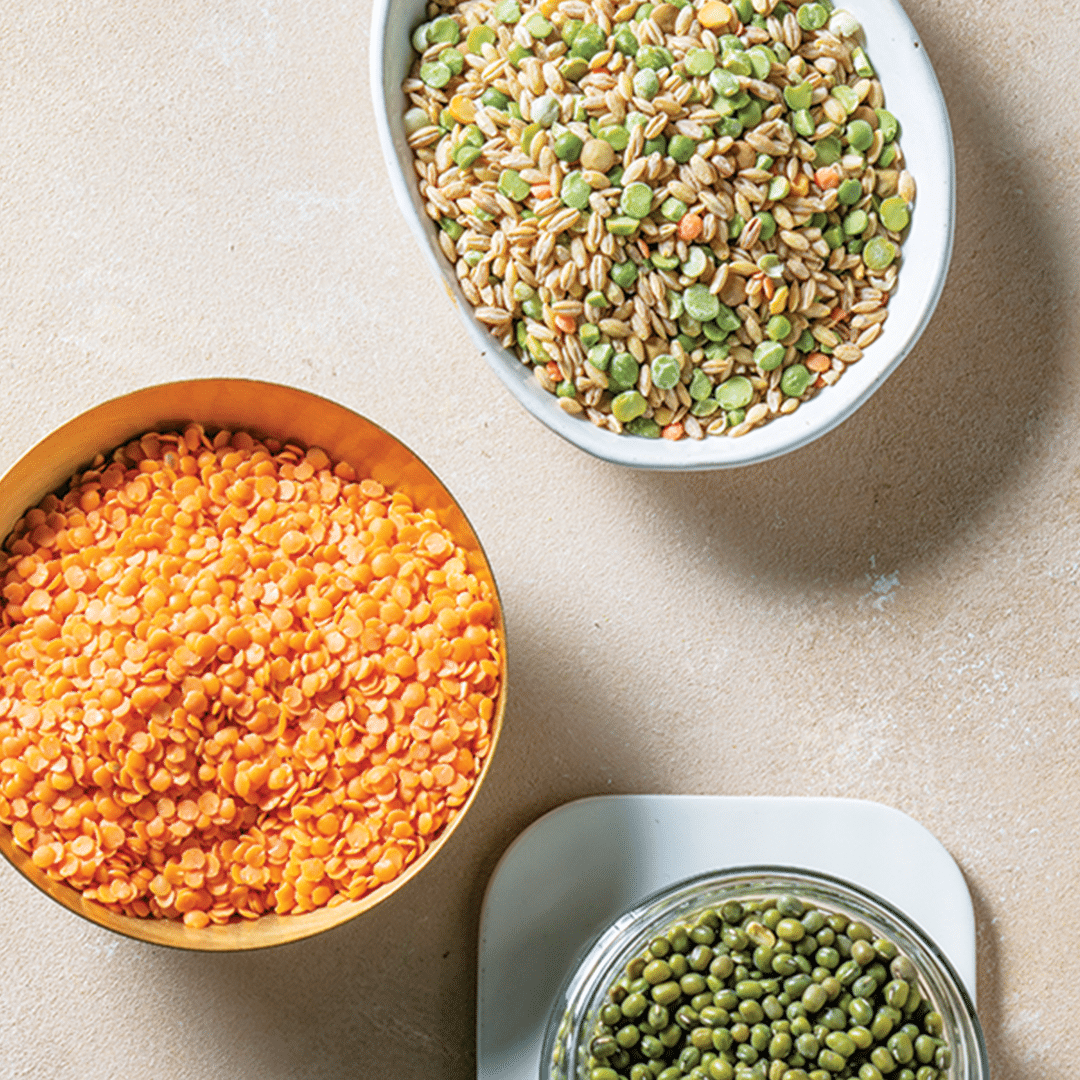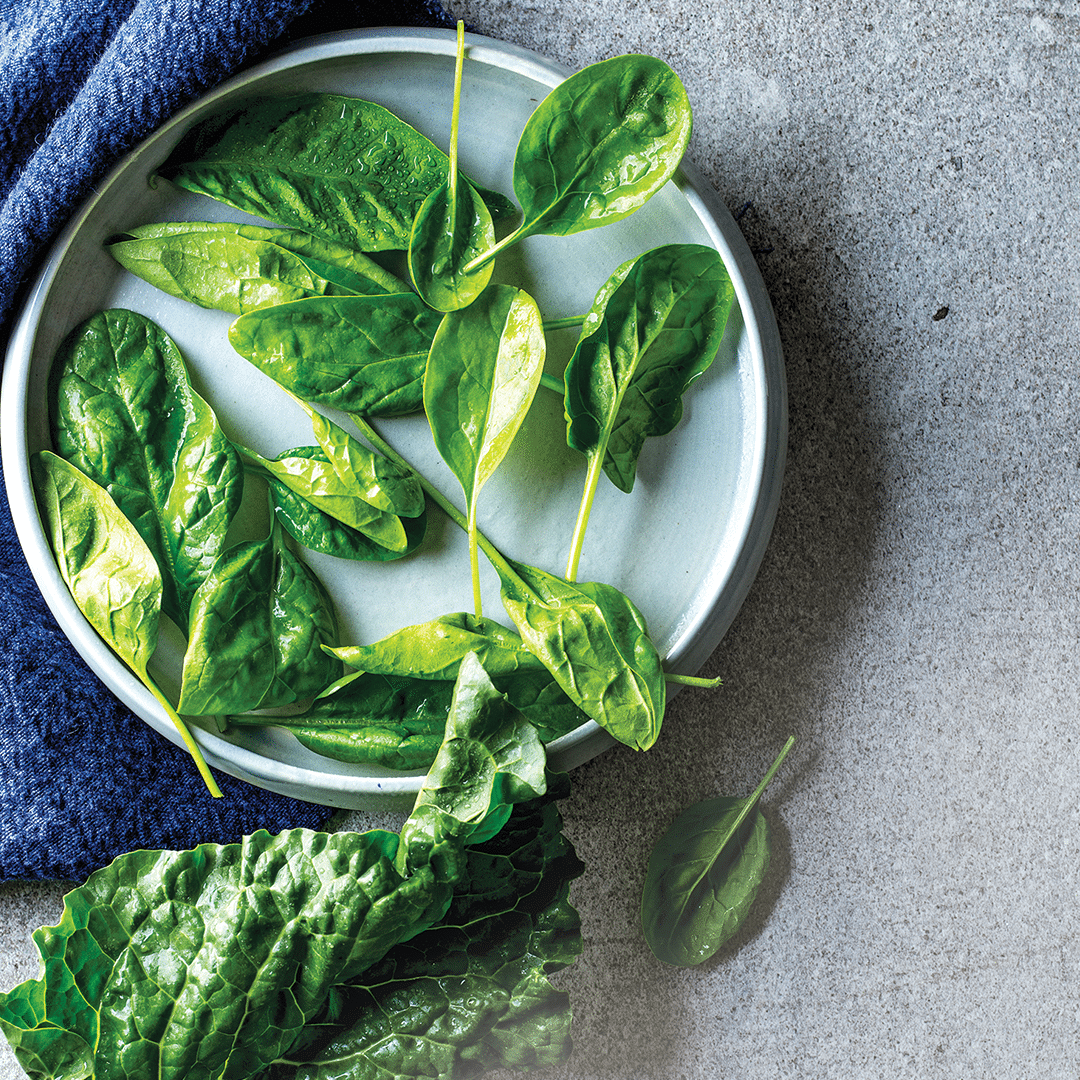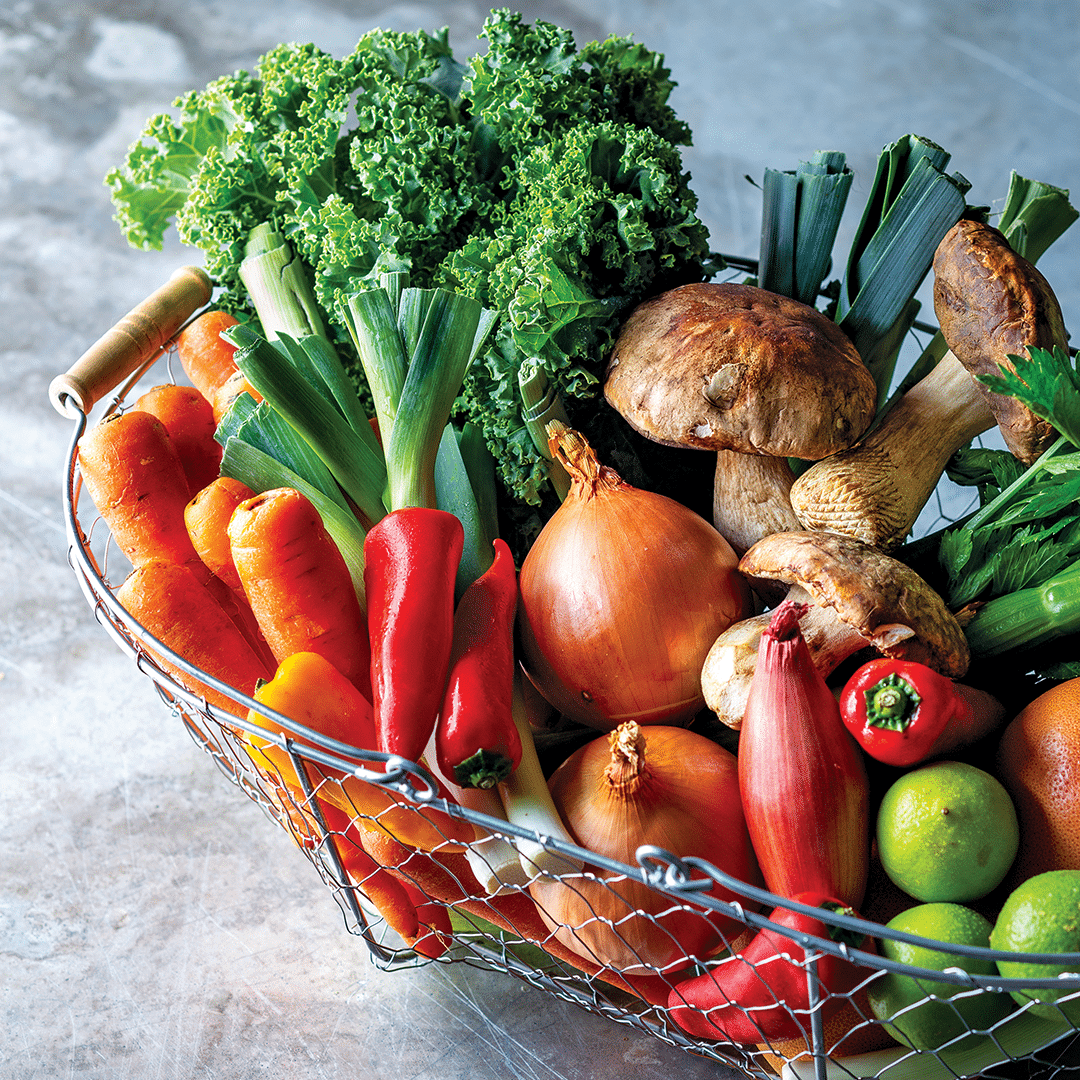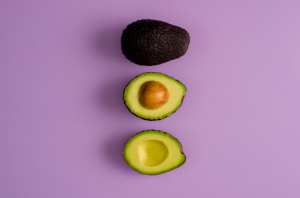Registered dietician Aziwe Booi shares her tips and tricks to eat more plant–based meals during the winter months.

Meet our dietician!
Everyone should be able to reach their health goals in a sustainable way that tastes great to them, believes registered dietician Aziwe Booi.
A Stellenbosch University alumni, Aziwe runs her private practice from Rivonia after years of working for corporate wellness and medical scheme companies for a number of years. “That experience made me passionate about nutrition education for the everyday person,” she shares.
But her year of community service at All Saints Hospital in Ngcobo, Eastern Cape, is what gave her a deep understanding of how to support nutrition goals in a way which is not only affordable but also meets the needs of most South Africans, she says. In her new column, Healthy Habits, she will share her expert insight on how to live a full, healthy life.
Go back to the porridges you grew up enjoying
Maltabella or mabele porridge is a sorghum-based staple that’s consumed in many South African households. At 8g protein per serving, it’s an excellent source of plant-based power, and is fortified with vitamins and minerals such as fibre, iron, and zinc. It goes brilliantly with plant-based milks like soya, and grated apple and nut butters.

Prepare your beans and legumes in bulk
Legumes and beans often take time to prepare and so can sometimes catch you off guard when you’re trying to whip up a quick dinner meal. Try cooking your legumes in bulk, and portioning and freezing them.
This will cut down on food preparation time significantly and allow you to have quick access to a quality protein. Always remember to label your containers with the preparation date before popping in the freezer and consume the food within six months of freezing.
Swap out cold salads for warm salads
Warm salads are heartier and more filling than cold salads. Legumes such as chickpeas and lentils are a delicious source of protein and contain fibre, which is crucial for gut health.
Opt for starchy vegetables like potatoes, butternut and corn and don’t be shy to bulk your salads up with a grain – quinoa, couscous and brown rice are all great options. Remember to use seasonal veggies as they’re more nutritious, affordable and are packed with flavour.
Cook big batches of soup
Soup is a hearty staple that we all enjoy during colder months. The simple recipe for a balanced soup is to include protein, carbohydrates, healthy fats, and seasonal vegetables.
Choose a lean protein such as tofu, lentils, chickpeas, black beans, or kidney beans. Beans and legumes will help keep you fuller for longer, as they contain carbohydrates and proteins.
Other carbohydrates to consider are include potatoes, butternut, pumpkin, corn, and grains such as barley or bulgur wheat. Carbs can also be incorporated as a side of fresh sourdough or low GI bread.
Healthy fats, such as avo and nuts, are crucial for your immune health, optimal cognitive functioning and for preventing chronic diseases so add them but in moderation.
Check out our delectable soup selection here – yummy!

Add veg to a pasta sauce
Pasta is one of the comforting meals we crave in winter. Using vegetables as a base for your sauce is an easy way to add more vitamins, minerals and trace elements into your diet while still indulging a little. Leafy greens like basil and spinach are an easy way to sneak nutrients into a pesto pasta sauce. They have plenty of B vitamins, iron, zinc and calcium. Sulforaphane, the pigment that gives these greens their colour, can help to lower cholesterol and prevent diabetes and hypertension.
Beetroot contains anthocyanin, a water-soluble pigment with powerful antioxidant properties. They have been proven to reduce the risk of chronic diseases such as cancer, stroke, high blood pressure and heart disease. So, it will make you, and the sauce, much stronger!
Tomatoes are loaded with vitamin C, which supports immune health and improves iron absorption. Lycopene, the antioxidant-rich plant nutrient found in tomatoes, plays a role in preventing and slowing several types of cancer.
When tomatoes are cooked, the lycopene concentration is increased, making a tomato-rich pasta sauce the perfect way to pack in some nutrients. To make your meal more satisfying, opt for a high-fibre pasta. Choose a pasta that contains more than 6g of dietary fibre per 100g.




